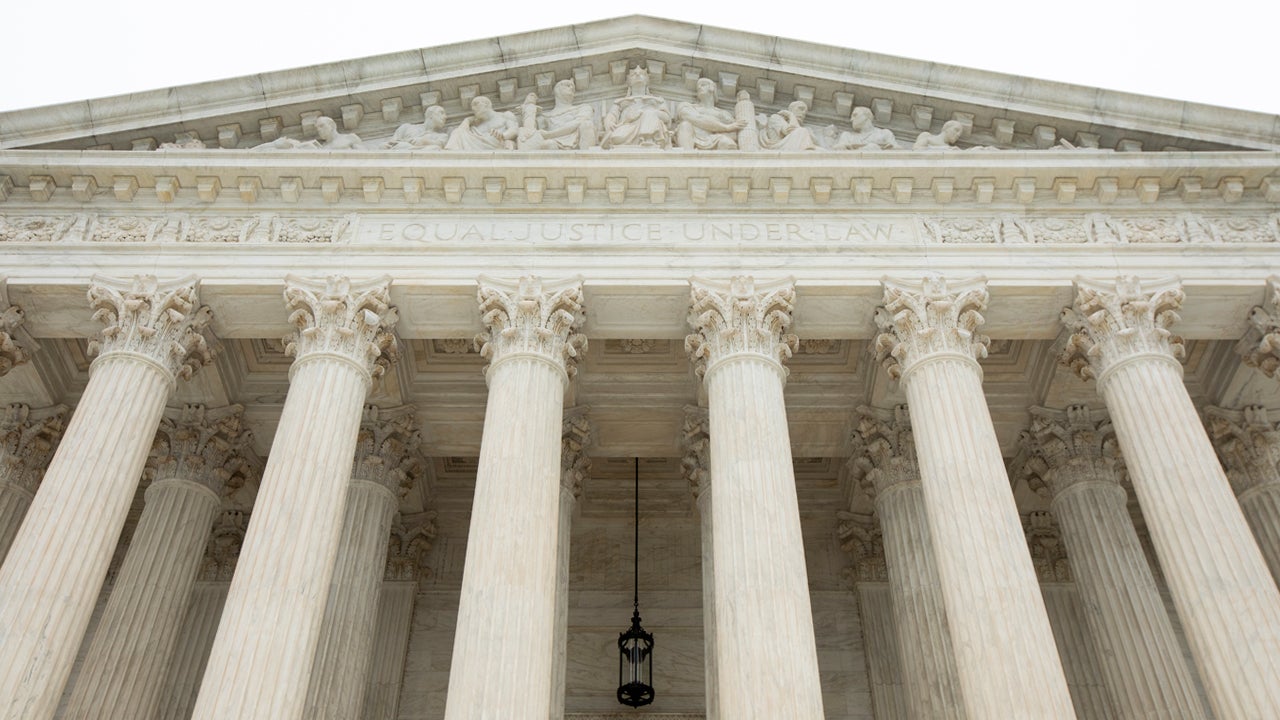
Politics
The U.S. Supreme Court
10 lessons
8h total length
Create Your Account to Get Instant Access to “The U.S. Supreme Court”
Explore the history and function of the Supreme Court from America’s founding to today.
Lessons in this course

39:24
lesson 1
Marbury v. Madison: Judicial Review
The judiciary is able to maintain its independence from the legislative and executive branches primarily by means of life tenure during good behavior. This independence makes it possible for the judiciary to declare laws unconstitutional. However, the power of judicial review does not make the courts superior to the other branches, which have an equal obligation to interpret and uphold the Constitution.

27:11
lesson 2
Lochner v. New York: Property Rights
The American founders held the view that the right to property is a natural right possessed by all human beings and that the fundamental purpose of the Constitution is to secure the natural rights of all American citizens. For many decades after the founding, the U.S. Supreme Court remained faithful to this purpose. Beginning in the late 19th century, the Supreme Court embraced the doctrine of substantive due process, which gradually undermined the founders’ understanding of property rights.

37:07
lesson 3
NFIB v. Sebelius: Federalism
In NFIB v. Sibelius, one of the most controversial Supreme Court decisions in recent history, the Supreme Court considered the constitutionality of the Affordable Care Act, also known as Obamacare. At issue was not only the constitutional authority of Congress to mandate that citizens purchase health insurance, but also whether or not Congress could require the states to expand their Medicaid programs significantly. The Court’s decision exemplifies its willingness to approve of and participate in unconstitutional expansions of government power.

34:14
lesson 4
Roe v. Wade: Privacy and Liberty
The Supreme Court’s 1973 decision in Roe v. Wade declared a right to an abortion as part of a right to privacy—a term not found in the Constitution. The Court’s second landmark decision on the issue, Planned Parenthood v. Casey, gave abortion rights a new grounding in an understanding of liberty that marked an explicit rejection of the founders’ belief in an unchanging human nature. Both cases touch on fundamental questions of morality, liberty, and government power.

36:35
lesson 5
Texas v. Johnson: Freedom of Speech
The founders did not think the right to freedom of speech encompassed every conceivable utterance or writing. Accordingly, the First Amendment’s Free Speech Clause is meant to protect political speech. Over time, however, the Supreme Court has placed various forms of symbolic speech—also known as expressive conduct—under the protection of the First Amendment.

36:41
lesson 6
Burwell v. Hobby Lobby: Religious Liberty
The First Amendment to the Constitution states, “Congress shall make no law respecting an establishment of religion, or prohibiting the free exercise thereof.” Over the course of American history, but beginning especially in the 20th century, the Supreme Court has heard numerous cases related to the right to religious liberty. While the fundamental issue has always been the proper relationship between individual liberty and the political community, many contemporary legal disputes about religious liberty have arisen as a result of a changing popular culture.

34:17
lesson 7
D.C. v. Heller: Second Amendment
The Second Amendment to the Constitution states, “A well regulated Militia, being necessary to the security of a free State, the right of the people to keep and bear Arms, shall not be infringed.” The Supreme Court has examined a number of cases involving the right to keep and bear arms. But D.C. v. Heller was the first Court decision to scrutinize carefully the text of the Second Amendment, as well as its history and purpose.

32:36
lesson 8
Brown v. Board of Education: Civil Rights
The Supreme Court decision in Brown v. Board of Education declared segregation in public schools unconstitutional. The decision contributed to the establishment in the 20th century of the Supreme Court as the final arbiter of the Constitution. This outcome is contrary to the founders’ understanding of three co-equal branches, all of which have a duty to interpret the Constitution.

42:57
lesson 9
Chevron v. NRDC: Administrative Law
In Chevron v. NRDC, the Supreme Court adopted what is known today as the Chevron Doctrine. This means the Court defers to an agency’s policy decisions, as well as to that agency’s determinations concerning the scope of its own power. Judicial deference to the administrative state—enabled by the congressional delegation of power—poses a serious threat to limited, constitutional government.

37:30
lesson 10
The Supreme Court Today
Today’s Supreme Court holds great power to shape American society, contrary to the Founders’ view of the Court as the “least dangerous” branch. To put this power in the hands of judges who believe the Constitution does not have a fixed meaning poses a serious threat to freedom. Returning the Court to its proper role as a bulwark of limited, constitutional government is essential for the preservation of liberty.
Enroll in "The U.S. Supreme Court" by clicking the button below.
What Current Students Are Saying
Takes the student through the full context of the course subject matter. Wonderful insight into how we strayed and its consequences and offers a solution.
Create your FREE account today!
All you need to access our courses and start learning today is your email address.